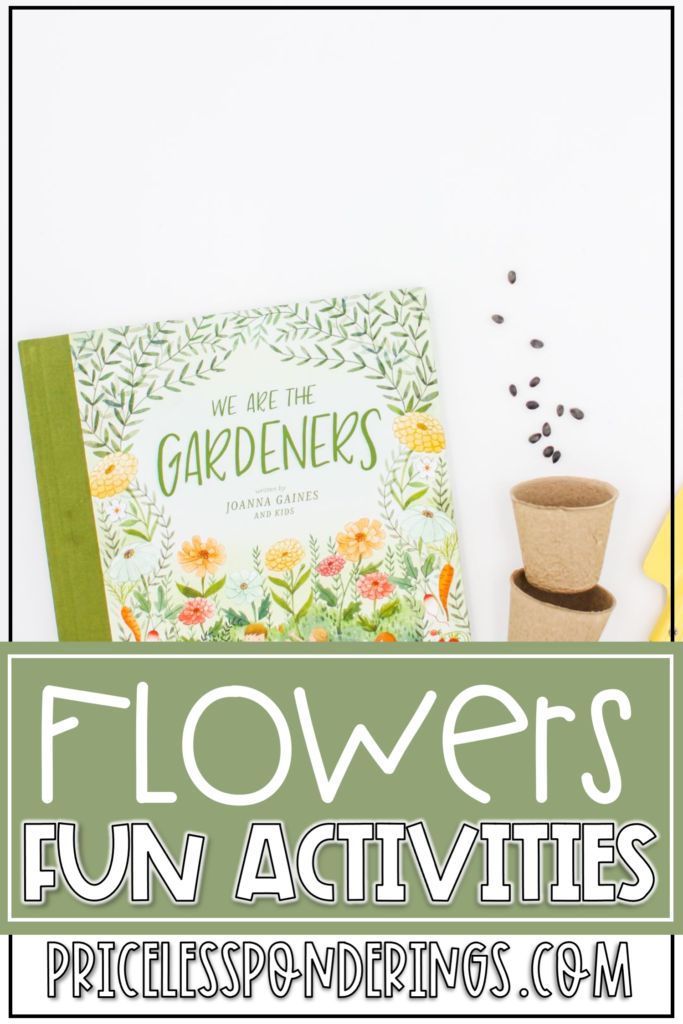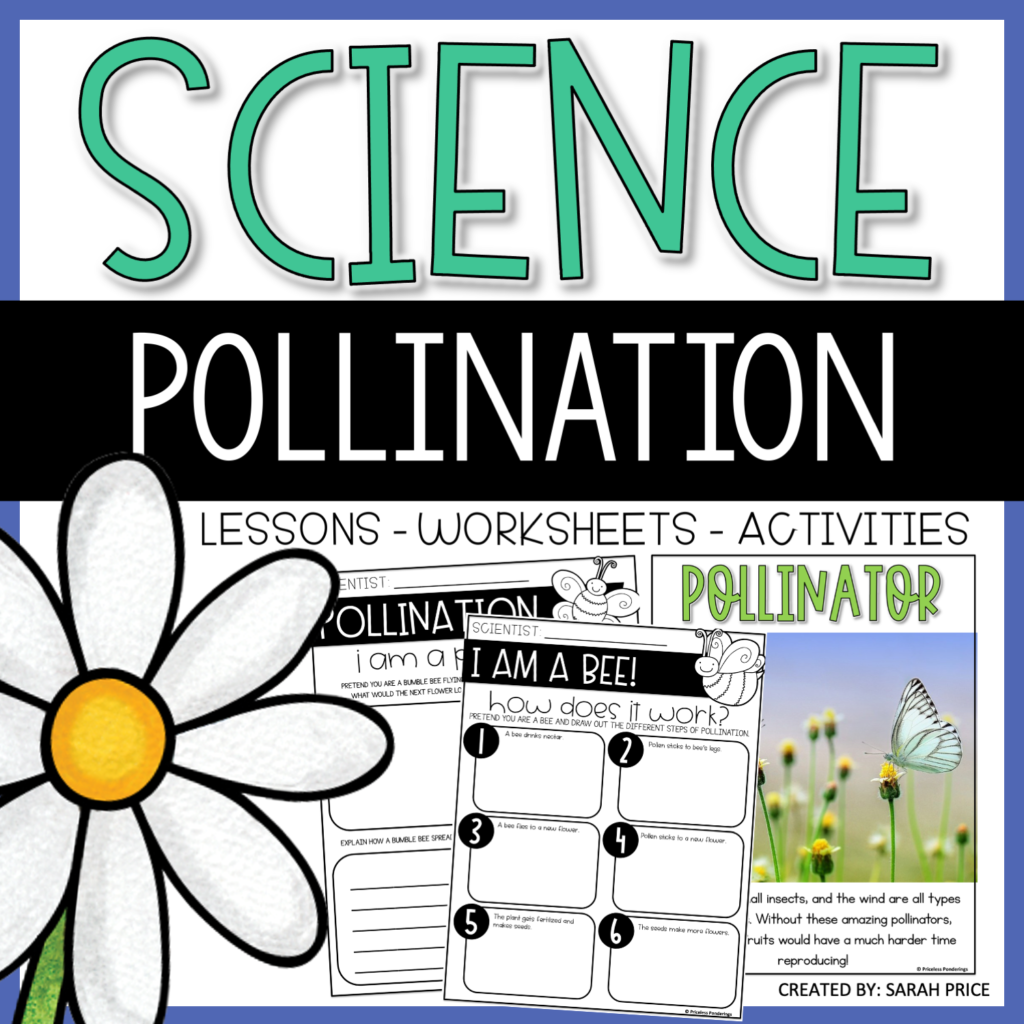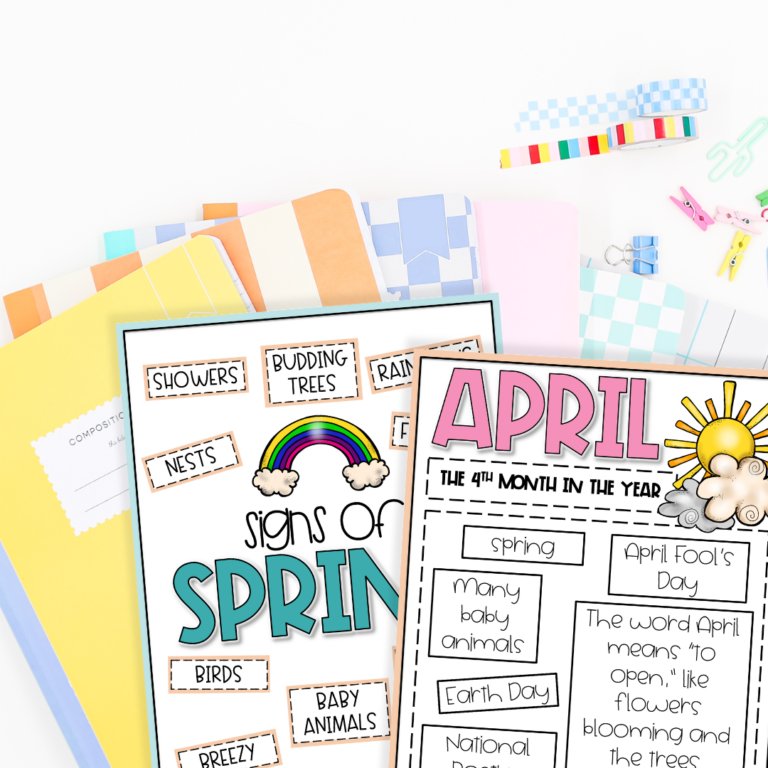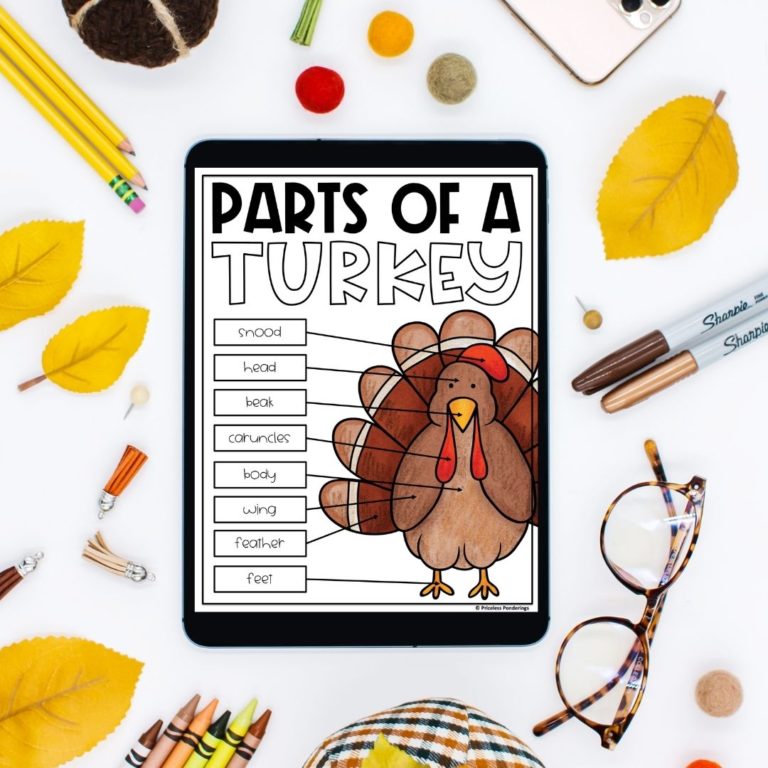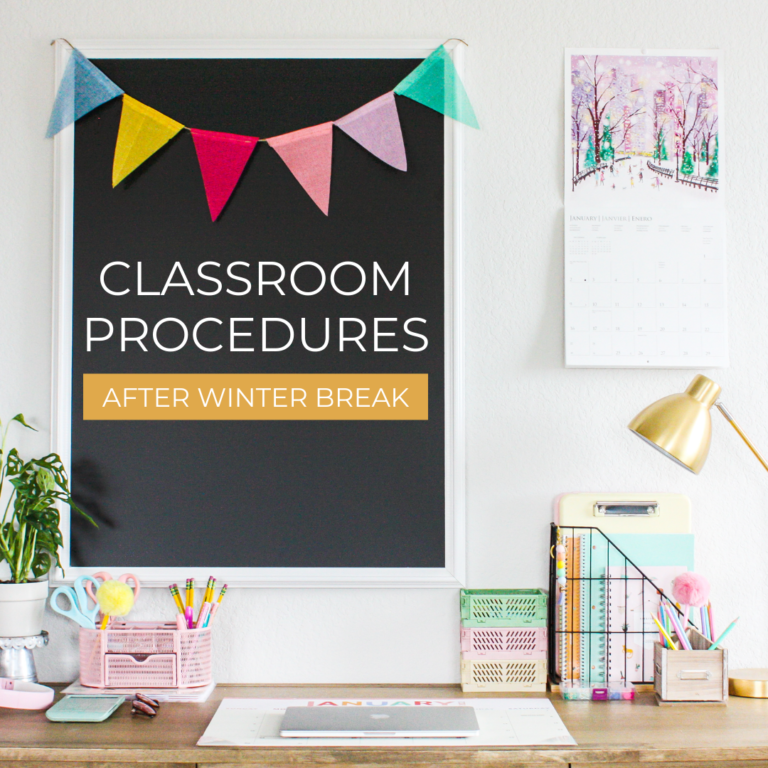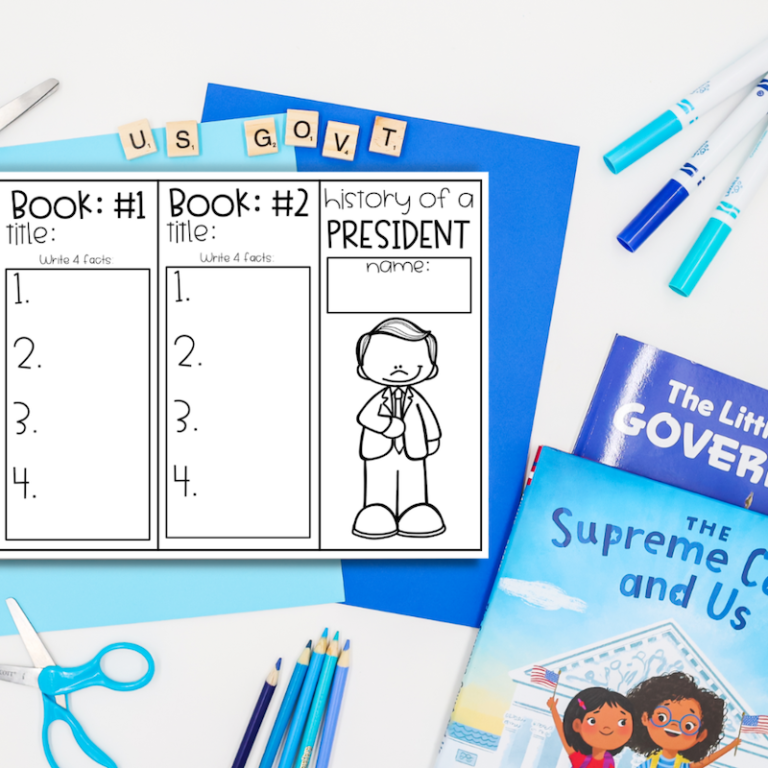Teaching Parts of a Flower- An Easy Guide for Teachers
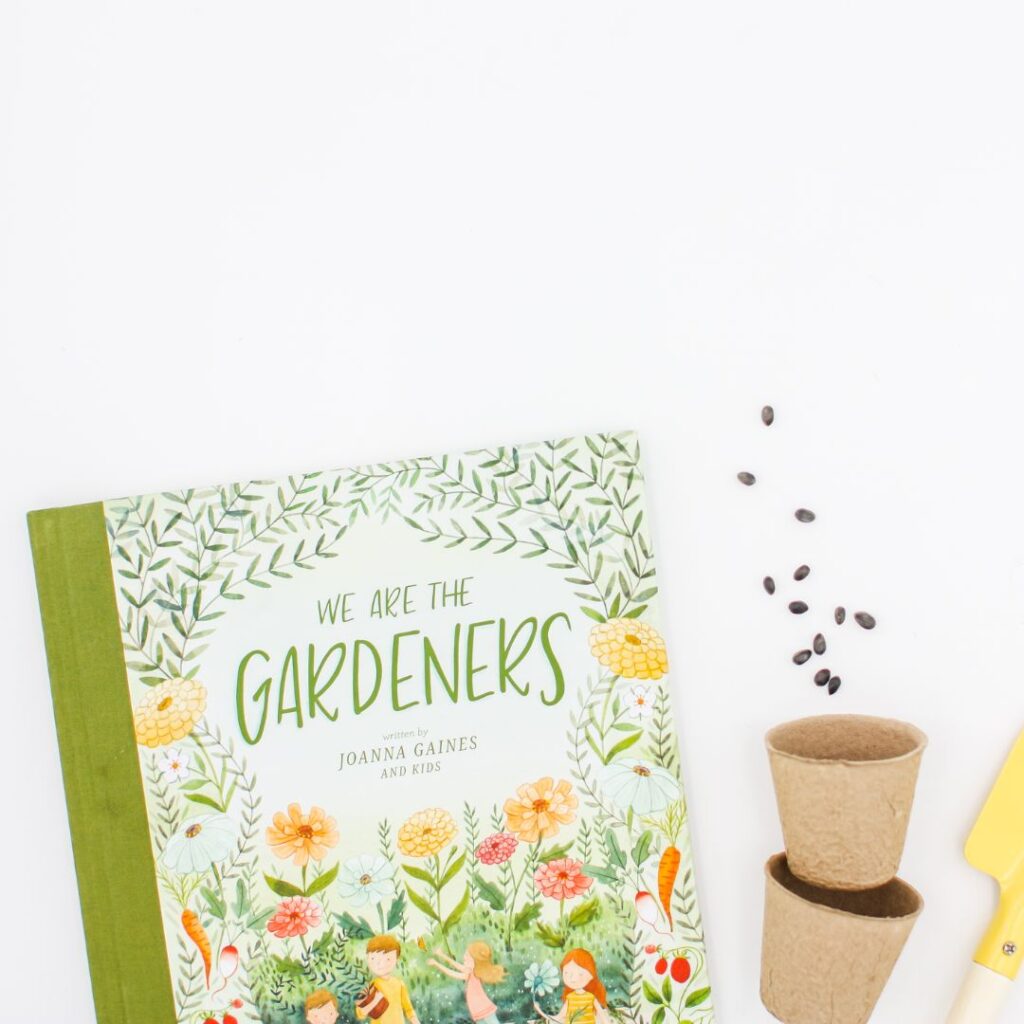
If you’re teaching your students about the parts of a flower, you may be wondering what the best way to go about it is. Well, never fear! This teacher’s guide to teaching parts of a flower will ensure that your students are masters on the subject in no time. From identification activities to learning about the function of each part, this guide has everything you need. So get ready to put those green thumbs to work – let’s get started!
Start with the basics
Teaching the parts of a flower to kids can seem daunting, but there are some great ways to make it fun and educational. Creating lesson plans that introduce the basics around the parts of a flower, you can be sure that your students will understand and appreciate one of nature’s most beautiful creations. The key is to keep it light-hearted and incorporate hands-on activities.
Use props, like real flowers
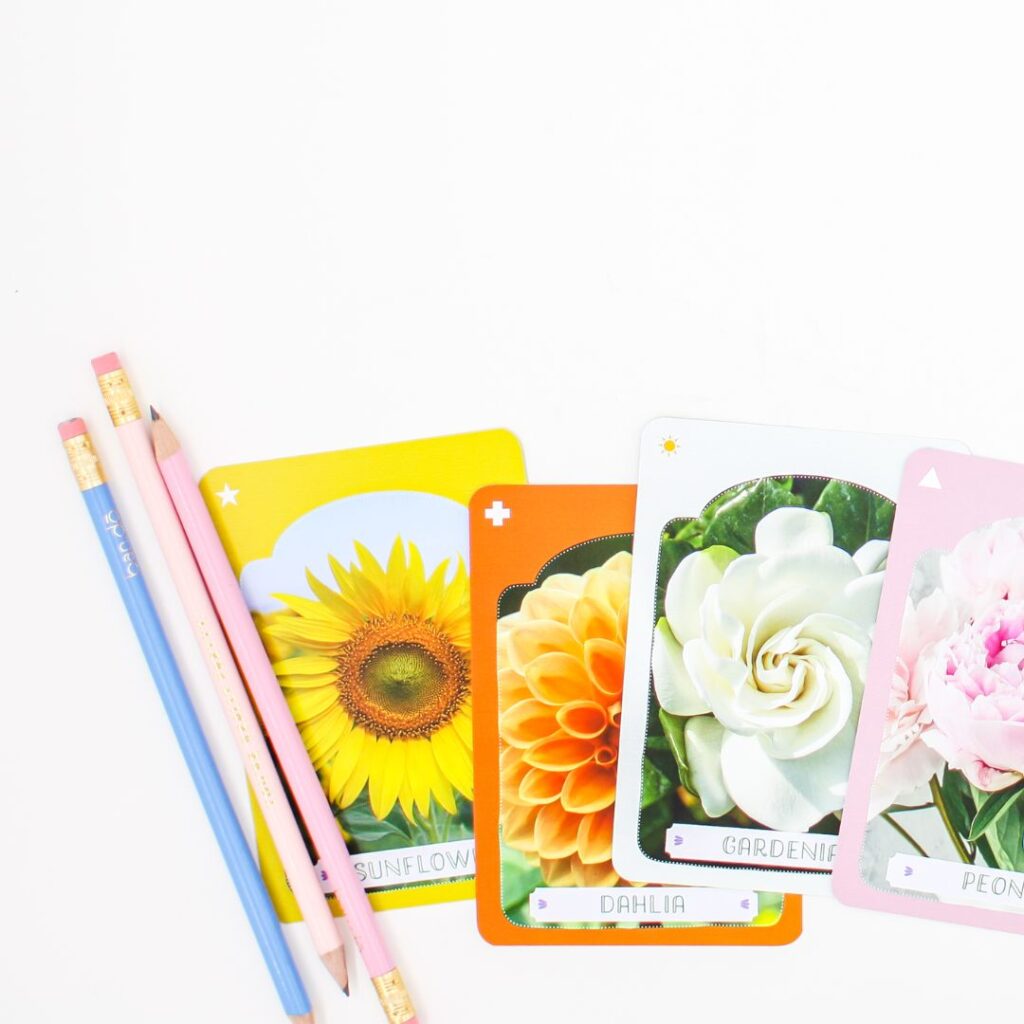
One way to add some excitement is by using real flowers. When students start to learn about the parts of a flower, grab your favorite blooms and give them an up-close look at all the parts. Be sure to point out the parts including petals, sepals, stamens, and carpels. Handling physical objects brings out their “inner scientist,” making them more receptive to learning new information and understanding deeper concepts.
Get kids involved
Next have students learn about pollination. Getting kids involved in the process of pollination can be a great way to teach them about parts of a flower. Why not give them an audience-friendly performance with parts of a flower as their parts? With roles like insect pollinators, they can act out how pollinators carry pollen to different flowers. Pollination is really “theatre in real life,” and it teaches kids how important each part is in our natural world.
Keep it engaging – mix up your teaching Parts of a Flower methods so kids don’t get bored
One un way to keep your lessons engaging is to use different teaching methods. Break the students into groups and give them worksheets to complete in a group. Or, show a few minutes of a video. This will get them thinking about parts of the flower and keep things interesting for everyone involved.
Use diagrams when teaching Parts of a Flower
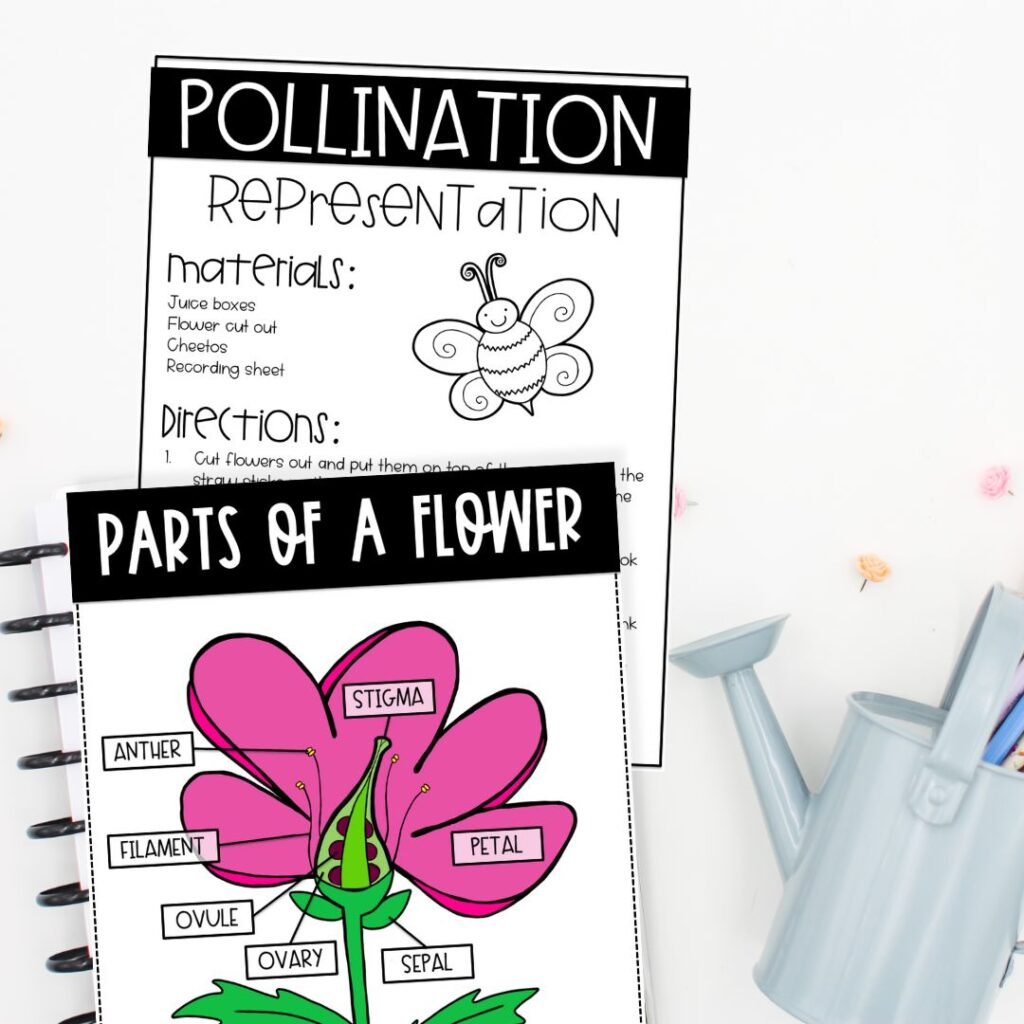
Using diagrams another great idea when teaching parts of a flower. This method can help your students remember the parts of a flower they know and allows them to focus on new ones as they go. Using diagrams makes it easier for their brain to process and remember. It can also be quite enjoyable! Take some time each day or week to review parts of different flowers with visuals, and before you know it, they will have learned all there is to know about the different parts of a flower.
Save time with pre-made lessons
Try using some of these tips when teaching parts of a flower and pollination to your kids. If you want to save yourself some time when planning your lessons, grab some pre-made worksheets here. Do you have any tips for making learnings about flowers and pollination more fun? Share them with us in the comments below!
For More Science Activities, Visit These Posts!
GUIDE TO EASY WATER CYCLE ACTIVITIES FOR LESSON PLANNING
2ND GRADE SCIENCE ACTIVITIES: ALL ABOUT PLANTS AND SEEDS
HANDS-ON POLLINATION ACTIVITIES FOR ELEMENTARY SCIENCE
Be sure to save this post by pinning this to your Pinterest account. That way, you can easily save these ideas to help you when you start teaching parts of a flower.
